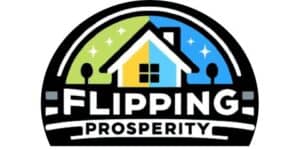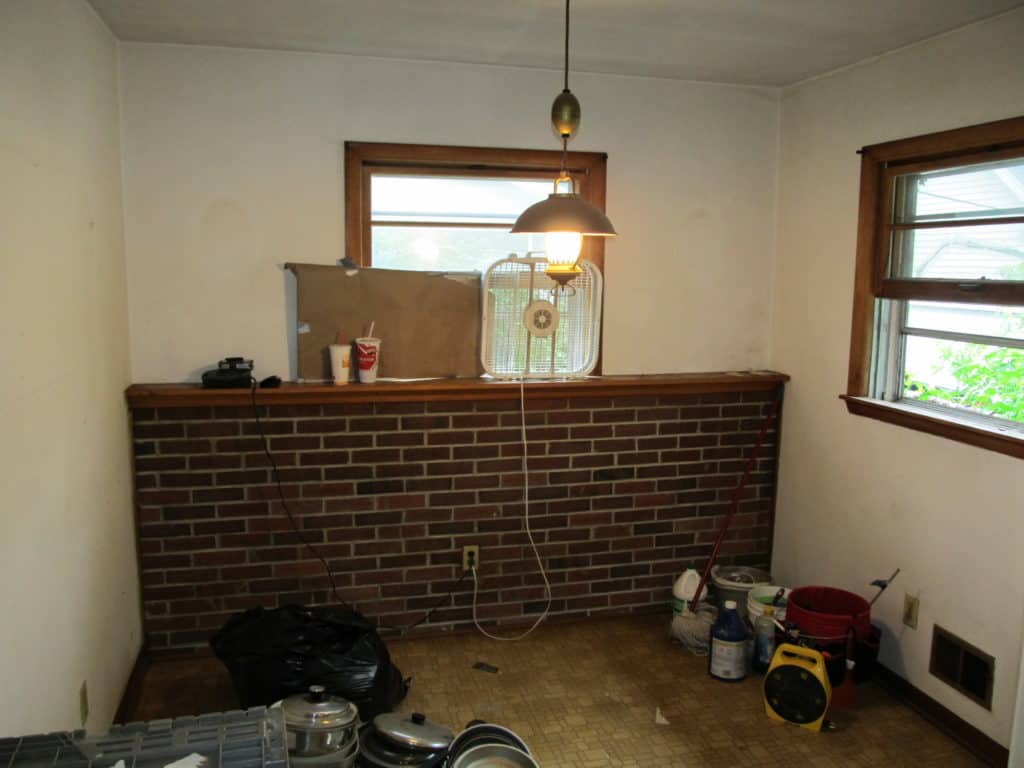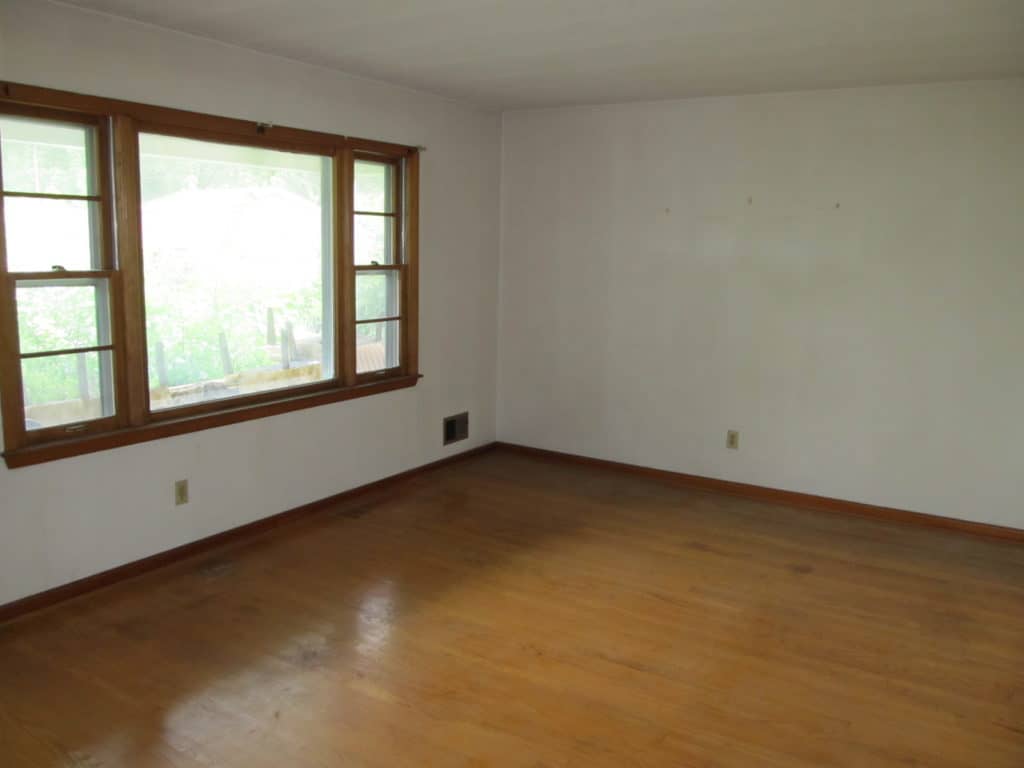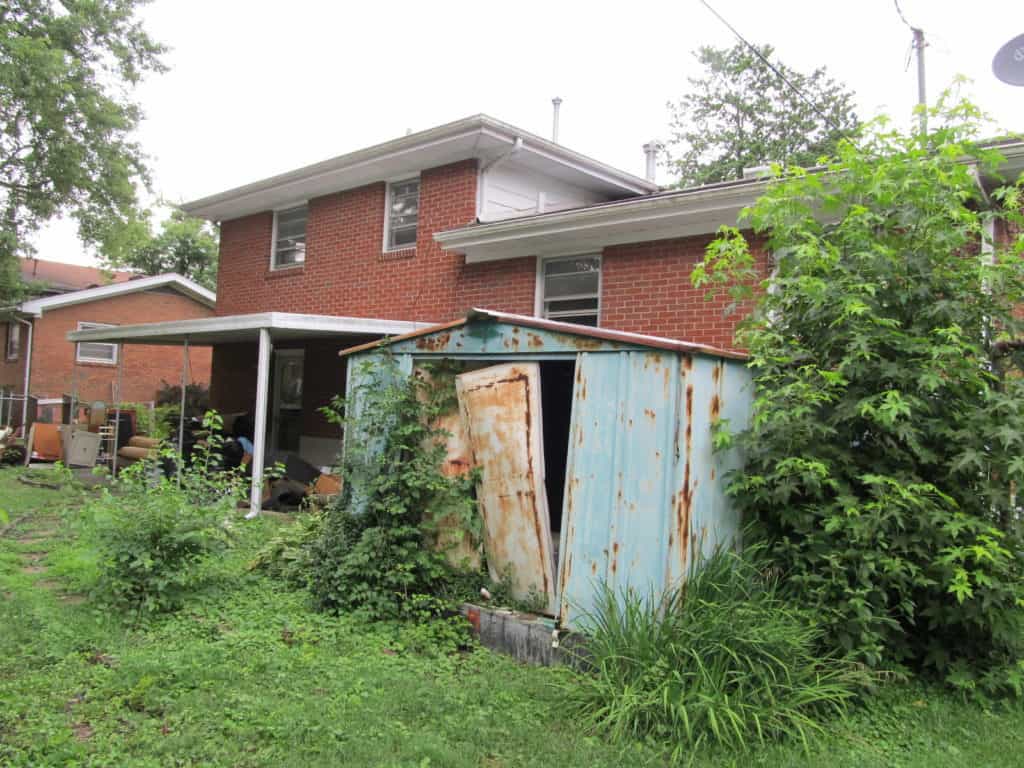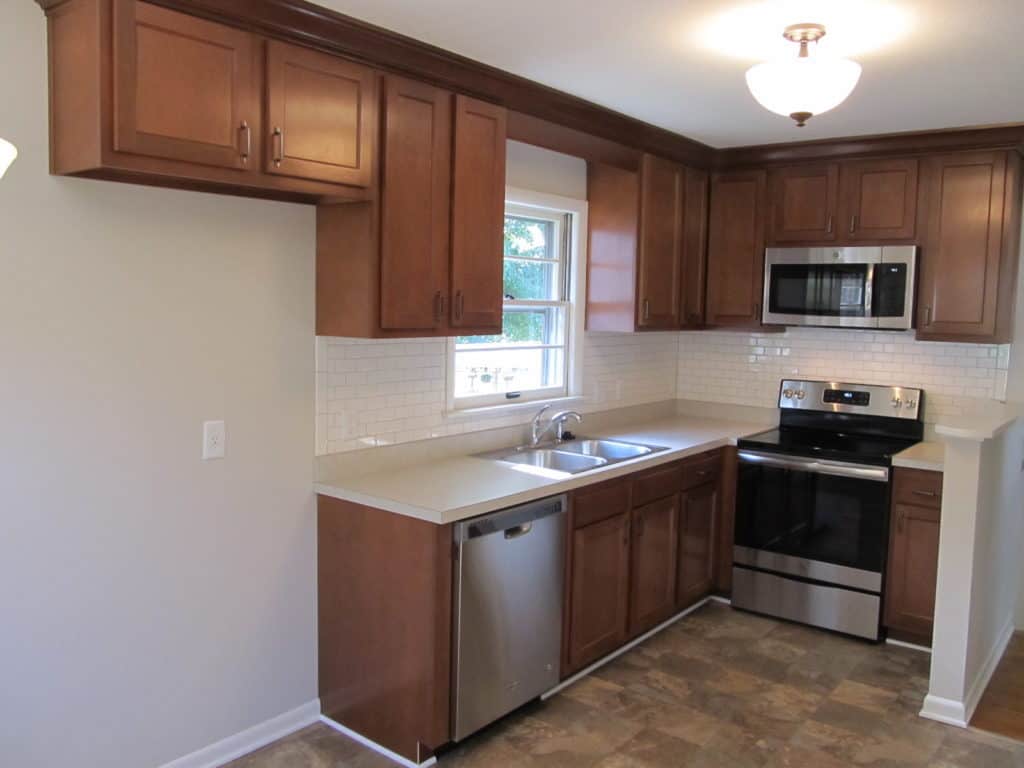Have you been thinking about flipping a house but don’t know where or how to get started?
In this article on how to flip houses for beginners, we’ll take a look at the process and specific steps involved in a typical house flip, to shed some light on where and how to get started.
Things to Know as a Beginning House Flipper
Before diving into the process of how to flip houses for beginners it’s important to first understand what flipping a house actually means and some basic facts about house flipping.
Flipping a house means to purchase and resell a home quickly for profit due to rapid capital appreciation or by updating and remodeling the home.
Beyond the basic definition of house flipping, it’s also important to understand some basic truths as there is a lot of misinformation out there when it comes to house flipping.
Top 10 Things to Know About Flipping Houses
- Flipping a house is not easy as perhaps some popular house flipping shows on tv would make you believe. Flipping a house requires a lot of hard work and a great deal of knowledge and resources to complete successfully.
- House flippers make money when they buy not when they sell real estate. At first glance, this might not make sense but it’s a common house flipping saying to drive home one very important point, which is you must purchase a property at a good price to ensure a profit when you sell it.
- Flipping a house is not a solo enterprise and successful house flippers use a network of people to complete a house flip. As with every other type of business, flipping houses is a people business. Everything you do when flipping a house from purchasing the home to selling it and everything in between involves people.
- Location is the most important aspect of real estate and this is doubly true when flipping houses. While it might be tempting to purchase a house a seller is “giving away” in a rough part of town, do not make this mistake. Remember whatever you buy you will soon have to sell and no matter how nice you make a house if buyers don’t want to live in the area you could be in real trouble. When flipping houses always buy properties in quality locations.
- When flipping houses most homes require more than cosmetic updates such as paint and carpet. Many beginning house flippers make the mistake of only planning and budgeting for cosmetic updates to a home. In reality, though most house flips require updates and repairs that go beyond paint and carpet that can include items such as a new roof, HVAC system, or updating the plumbing and electrical in the home.
- You don’t have to be a professional contractor to flip a house but it helps to have a basic level of DIY skills and a general understanding of how a house is put together and its different systems. This will go a long when performing basic and minor repairs on a home as well as when bidding out jobs that are beyond your scope of skill and ability.
- Quality of work and craftsmanship is critical when flipping a house not only to turn out safe and reliable homes but also to develop a reputation in the real estate market of someone that can be trusted and turns out quality homes.
- Speed is the name of the game when flipping houses in order to free up capital as quickly as possible, help protect profits by cutting down on holding costs, reduce the chances of vandalism and theft, and to sell before the market potentially turns negative.
- When flipping a house it’s important to have a plan and budget in place to keep the flip on track and under budget.
- While it’s important to turn out a quality product when flipping houses it’s also important to save where you can and keep expenses as low as possible. Remember every dollar saved when flipping a house is a dollar of profit that goes right into your pocket.
How to Flip Houses for Beginners
There are four main steps to flipping a house. These steps include market research and finding the property, buying the property, rehabbing the property, and selling the flip.
When figuring out how to flip houses for beginners it’s imperative to study and know each of these steps like the back of your hand to know how to flip a house successfully.
Market Research and Finding the Right House to Flip
Often times beginning house flippers do not allow enough time for research or will rush the home search process when looking for their first house flip.
Remember though finding the right house to flip is one of the most critical aspects of flipping a house. But how are you supposed to know, let alone find the right house to flip? The answer to this question is both market research and a vigilant and exhaustive property search.
In order to find the right property to flip you must know your local real estate market forwards and backwards, by knowing such things as what buyers are looking for, what homes are selling for in the area, what are the current real estate inventory levels, and whats the average days on market. Only by knowing this information will you be able to identify the right property and know a good deal when you see one.
Once you have a thorough understanding of the real estate market only then can you really begin to look for the right house to flip.
Remember when looking for a house to flip, patience is a virtue as the home search process cannot be rushed. Whether you have to look at 10 or 100 houses before you find the right one, the important thing is that you find the right one.
Buying the Property
When buying a property with the purpose of flipping it, there are a few things to keep in mind.
The first is to not limit yourself to just one avenue for the property. There are many different sources you can purchase a home from including directly from the seller, the MLS, an in-person or online auction, an estate sale, or from a bank as an REO (real estate owned).
Typically the source of the property will dictate the sales process but a few key elements always need to be apart of any real estate transaction including a title search, title insurance, and a free and clear title or deed to the property.
The next item to consider is how to finance the purchase of the home.
While cash is king when it comes to flipping houses as it provides the most leverage and options when purchasing a home.
Most new or beginning house flippers will not have enough capital to purchase a home with cash.
Remember though that there are countless ways to finance and structure a real estate flip, the most important thing is to look for opportunities and to be creative.
Some of the more popular options to finance a house flip include taking on a partner, hard money loans, and private lenders. The good thing with all of these house flipping lending options is they do not rely on your creditworthiness as a typical 30-year mortgage does but instead uses the home itself as the collateral for the purchase.
The last important piece of the puzzle when buying a house to flip is to make sure that you thoroughly inspect the property before purchase.
Home inspections can take many forms such a formal one from a home inspection company or an informal one performed perhaps by yourself if you are qualified to do so or by a contractor.
No matter who performs the inspection though its imperative that you have a clear and thorough understanding of the home’s condition. So that you fully understand what you are buying and what items will need to be repaired and or replaced.
Rehab of the Property
 The rehab of the property can be one of the most intimidating parts of flipping a house for beginners but it doesn’t have to be.
The rehab of the property can be one of the most intimidating parts of flipping a house for beginners but it doesn’t have to be.
When looking at the scope of work a property needs the best thing to do is not look at the entirety of the project as a whole but instead break it down into more manageable pieces. The best way to break apart a big rehab project into manageable pieces is to use a well laid out plan and a detailed budget. By doing this you can avoid becoming overwhelmed and frustrated with the rehab.
While you need to be flexible and roll with the punches when unexpected surprises pop up. Having a well laid out plan and detailed budget before you start will let you know what you need to be working on from the first to the last day so you stay on budget and on schedule.
Another tip for beginner house flippers is to not get in over your head.
While it might be tempting to rehab that turn of the century home that needs to be completed gutted. It’s best to stick with paint and carpet flips for your first few to gain some experience in the rehab process before you tackle larger rehabs.
Selling the Flip
The final step and arguably one of the most important is the sale of the property for a profit.
The first step in selling your flip successfully is to price your home competitively in the market. While pricing your home might seem like a simple enough task there is a lot that goes into pricing a home correctly. Remember, you only have one chance for your flip to be new on the market when buyers and agents will be the most interested.
While you should already have a general idea of the property’s ARV or after repaired value, make sure to pull the most recent comps in the area to have the most accurate information to ensure your flip is priced correctly in the current real estate market.
Also, when pricing your flip it’s important to maximize your profits but its also important not to overprice your listing and turn buyers off,
The next big question that all house flippers face whether a beginner or a seasoned veteran is whether to go it alone or use an agent to sell the property.
In my opinion, the marketing and exposure your flip gains by listing it on the MLS and with an agent are invaluable. When selling a home one of the most important parts of the selling process is to have maximum market exposure and the fact of the matter is the MLS is the best way to accomplish this.
While you can obviously sell the home on your own as a for sale by owner and save the admittedly hefty commission fees. In my opinion, it’s always best to list your home with a real estate professional to get the home sold quickly and for top dollar.
The final item to keep in mind when selling your flip is that time is money. Meaning that the longer you hold the property the more holding costs such as interest on a loan, insurance, taxes, and utilities you’ll pay. So when it comes to selling flips it’s always better to sell them sooner rather than later.
Recent Posts
Your bedroom is more than just a place to sleep; it's a personal sanctuary where you can unwind, relax, and recharge after a long day. Whether working with a small bedroom or a spacious suite,...
Are you ready to breathe new life into your living room? If so, look no further than modern living room colors, as they can transform your space from drab to fab. As the heart of the home, the...
